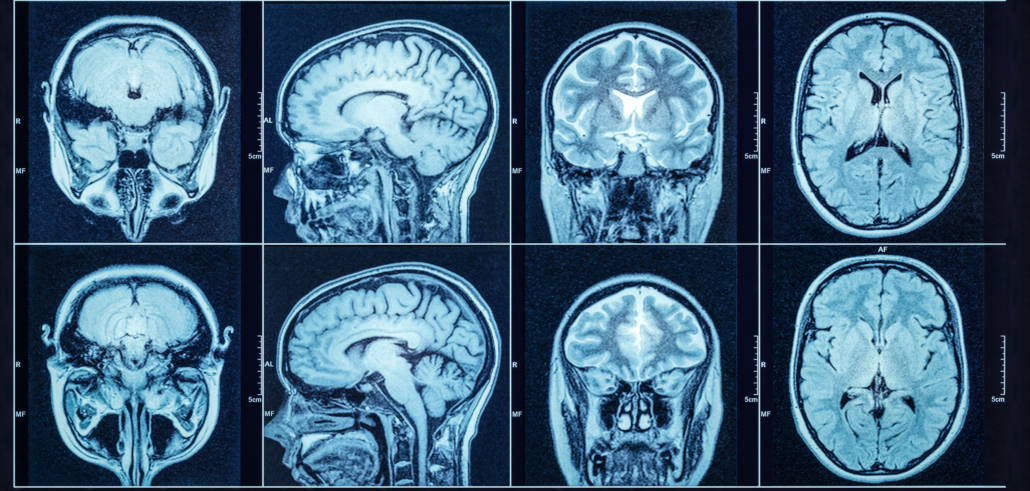Researchers say brain images plus artificial intelligence may diagnose sleep apnoea faster than current methods
New research from University of California Los Angeles (UCLA) suggests that a combination of brain imaging data and machine learning can accurately diagnose obstructive sleep apnoea (OSA) significantly faster than the standard methods now in use that are complex, costly, time-consuming, and can delay crucial treatment.
The findings, published in the peer-reviewed Journal of Sleep Research, can shorten diagnosis of the condition from two days or more to less than one hour. This could lead to rapid inter-ventions that can prevent serious illness and even early death.
“The research team earlier showed that adults with early OSA have brain tissue changes that can be reversed, and lost brain functions can be restored,” said senior author Rajesh Kumar, professor of anaesthesiology, radiological sciences, and bioengineering at the David Geffen School of Medicine at UCLA. “However, adults with the long-lasting condition have brain changes that are difficult to repair and restore functions, even after standard treatment.
“This research suggests the need for early diagnosis and intervention for complete brain tissue and functional recovery,” added Kumar, who is also director of imaging technology at UCLA.
Obstructive sleep apnoea
OSA is caused by an upper airway blockage during sleep, typically by the soft tissue in the roof of the mouth, which leads to difficulty breathing. This results in snoring, choking, less oxygen to the brain and body, and daytime sleepiness. Though it can affect all ages, the risk of apnoea increases with age and obesity. It is a serious health condition that affects mood, cognition, autonomic nervous system regulation, and breathing functions that have been linked to serious morbidity and mortality, if left untreated. However, OSA can be improved with early diagnosis and prompt treatment.
Current ways to diagnose OSA include overnight polysomnography, which records brainwaves, oxygen levels, and heart and breathing rates. It requires a seven- to 10-hour stay in a sleep laboratory, in addition to use of other equipment and personnel. This procedure is costly and takes significant time to diagnose due to the need to evaluate many hours’ worth of data.
Brain MRI
In search of a faster tool or set of tools, an interdisciplinary team of researchers from UCLA’s departments of anaesthesiology and perioperative medicine, statistics, medicine, psychiatry and bio-
behavioural sciences, neurology, bioengineering, computational medicine, and radiological sciences, and from the Brain Research Institute, enrolled 59 people with OSA and 96 healthy controls and performed brain magnetic resonance imaging (MRI) on them. The procedure is fast and cheaper than overnight polysomnography, and is available in most hospitals.
MRIs can detect brain tissue damage in adults with early OSA. The idea is that machine learning may be able to diagnose OSA from the damage shown in the images.
The researchers tested two machine learning models – a support vector machine, which uses an algorithm to enable data to be categorized, and random forest, a system that also uses algorithms to create a “forest” of decision trees that lead to a decision. They used those models to analyze the subjects’ brain images.
They found that both models were accurate and could be used as faster screening tools for OSA than the methods currently in use so that early treatment can be started in serious OSA patients. The support vector machine was 77% accurate with 84% reliability for use in a quantitative diagnostic test, and random forest was 73% accurate with 85% reliability.


